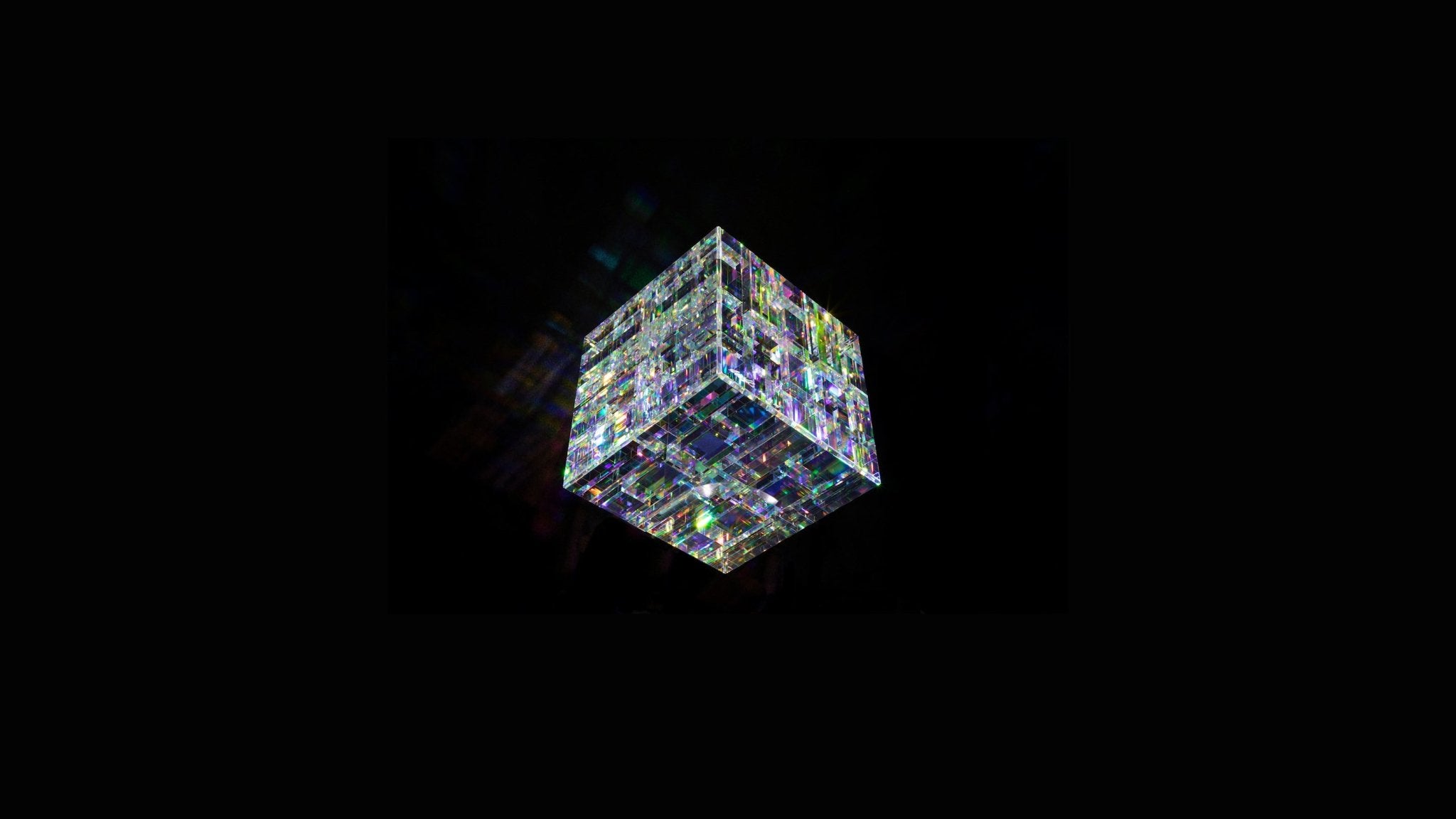How to Choose the Perfect Diamond: A Comprehensive Guide
Diamonds are one of the most valuable and enduring assets, symbolizing luxury, love, and financial security. Whether you're selecting a diamond for an engagement ring, everyday or cocktail jewelry, or personal enjoyment, understanding key factors will ensure you make an informed decision. This guide provides a step-by-step approach to choosing a high-quality diamond that meets your needs.
It applies equally to both natural and lab-grown diamonds, as they share the same physical, chemical, and optical properties, and are therefore evaluated according to the same internationally recognized grading standards.
1. Understanding the 4Cs of Diamonds
The 4Cs—Carat, Cut, Color, and Clarity—are the universal grading system used to evaluate diamonds. Each of these factors impacts a diamond’s appearance, quality, and value.
Carat (Weight)
- Refers to the weight of the diamond, with 1 carat (ct) equaling 0.2 grams.
- Larger diamonds are rarer and more expensive, but carat weight should be considered alongside cut and proportions to maximize beauty.
- Choose a diamond that balances size with quality.
Cut (Brilliance & Sparkle)
- The most important factor affecting a diamond’s sparkle and brilliance.
- Grades range from Excellent to Poor, with higher-quality cuts maximizing light reflection.
- Ideal proportions ensure that light is optimally reflected within the stone, enhancing fire (colorful flashes) and brilliance (white light reflection).
- Avoid deep or shallow cuts, as they can make the diamond appear smaller or reduce its sparkle.
Color (Whiteness & Purity)
- Diamond color is graded from D (colorless) to Z (light yellow or brown).
- Colorless (D-F) diamonds are rare and highly valuable, while near-colorless diamonds (G-H) offer great value with minimal visible color.
- The metal setting can influence how color is perceived. Platinum and white gold enhance colorless diamonds, while yellow gold complements warmer hues.
Clarity (Purity & Flaws)
- Measures internal flaws (inclusions) and external blemishes.
- Grades range from Flawless (FL) to Included (I1-I3), based on visibility under magnification.
- VS1-VS2 (Very Slightly Included) and SI1 (Slightly Included) diamonds offer the best balance between clarity and value, as their inclusions are difficult to see with the naked eye.
2. Diamond Shapes & Styles
The shape of a diamond influences its overall look and how it reflects light. Some of the most popular shapes include:
- Round Brilliant: The most popular and most brilliant cut.
- Princess: A modern, square-shaped cut with excellent sparkle.
- Emerald: A rectangular step-cut, known for its elegance and clarity.
- Oval, Pear, and Marquise: Elongated shapes that create the illusion of larger size.
- Cushion & Radiant: Soft, vintage-inspired cuts with exceptional brilliance.
Choosing the right shape depends on personal style, setting preferences, and the desired balance between uniqueness and brilliance.
3. Certification & Diamond Grading Reports
Always ensure that your diamond comes with a certification from a reputable grading laboratory, such as GIA and EGL for natural stones and IGI for lab-grown diamonds.
A certification confirms the diamond’s authenticity and attributes, protecting you from misrepresentation and ensuring fair value.
4. Natural vs. Lab-Grown Diamonds
With the rise of lab-grown diamonds, consumers have more options:
- Natural Diamonds: Formed over billions of years, traditionally valued for their rarity and history. It’s important to note that only a small percentage of natural diamonds are considered truly rare. These exceptional stones typically feature significant carat weight, exceptional quality characteristics, or unique attributes—such as vivid fancy colors like pink, blue, green, and red, or, conversely, absolute clarity and colorlessness, as seen in Type IIa diamonds.
- Lab-Grown Diamonds: Created using advanced technology with identical physical and chemical properties. They offer higher quality at a lower cost and are eco-friendly due to the absence of mining. Lab-grown diamonds mark a significant evolution in the diamond industry, offering enduring aesthetic value without compromise. They embody the diamond’s most essential quality: a perfection that gives rise to timeless beauty.
Both options can be excellent choices, depending on personal preferences, budget, and ethical considerations.
5. Ethical Sourcing & Sustainability
Ethical concerns have become a major factor in diamond selection. Consider:
- Conflict-Free Diamonds: Ensure responsible sourcing by choosing diamonds with Kimberley Process Certification or Canadian-origin diamonds.
- Recycled & Vintage Diamonds: Sustainable options with historical charm.
- Lab-Grown Diamonds: A responsible alternative for those who go with the times with minimal environmental impact.
6. Choosing a Setting
The right setting enhances a diamond’s beauty and security. Popular options include:
- Prong Setting: Elevates the diamond, maximizing light exposure.
- Bezel Setting: Provides protection and a sleek modern look.
- Halo Setting: Surrounds the center stone with smaller diamonds for added brilliance.
- Pavé & Channel Settings: Incorporate small diamonds into the band for a luxurious finish.
Making the Right Choice
Choosing the perfect diamond requires a balance of quality, personal preference, and budget. By understanding the 4Cs, certification, settings, ethical sourcing, and the growing trend of lab-grown diamonds, you can make a confident and informed decision.
Diamonds remain a timeless and valuable asset, whether for jewelry, personal enjoyment, or as a symbol of lasting elegance.







